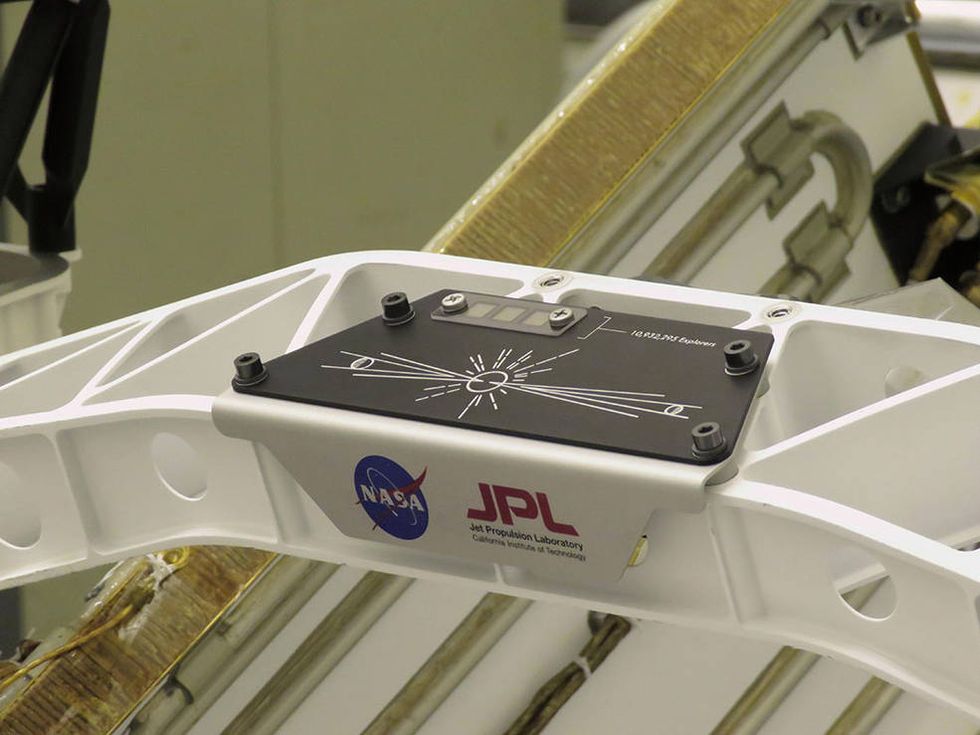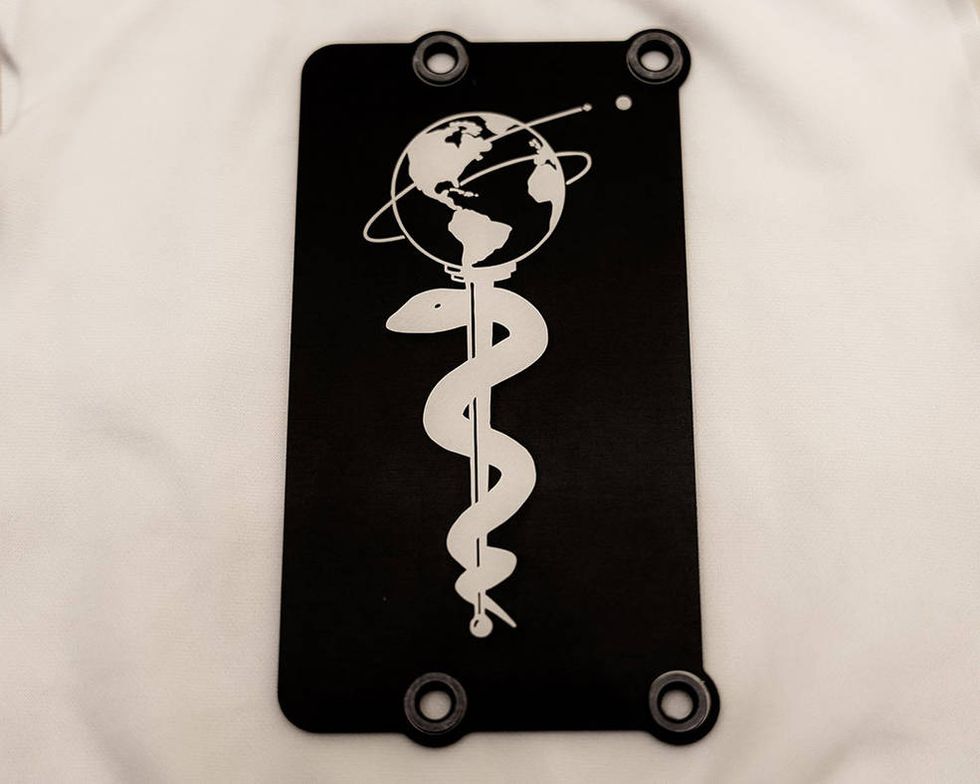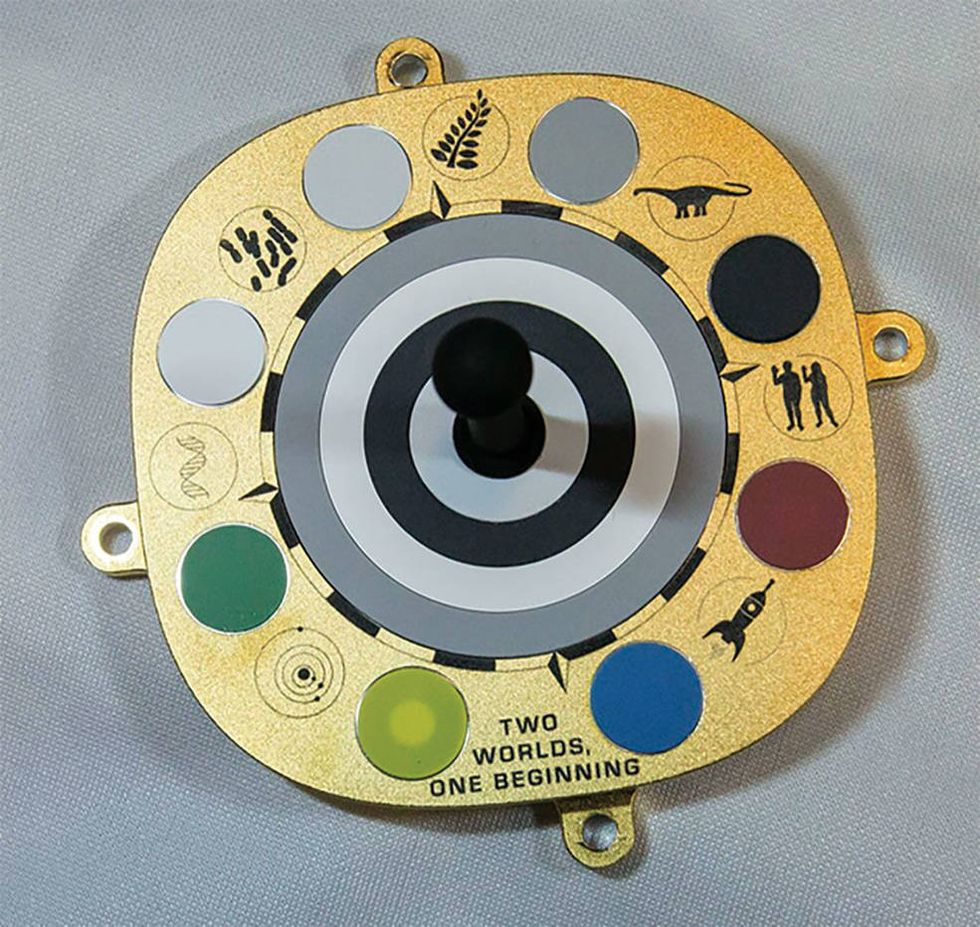Andy Gregory
Feb 18, 2021
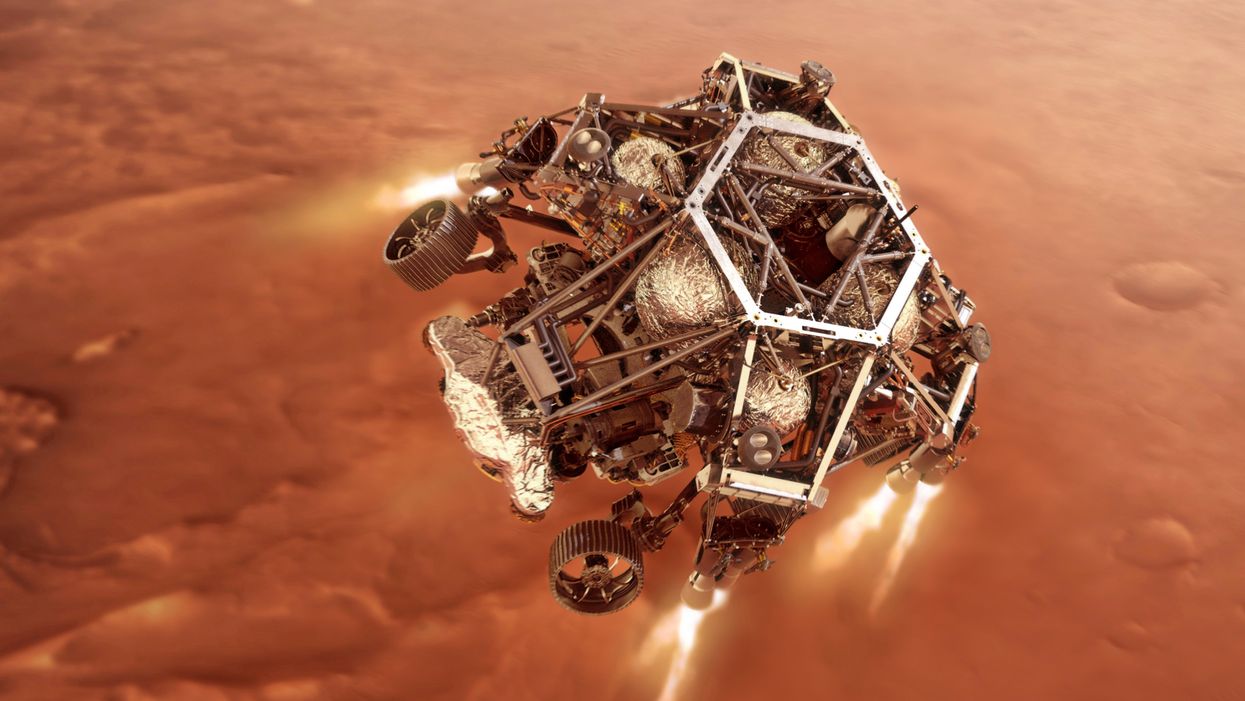
Nasa’s Mars rover, Perseverance, fires up its descent stage in an illustration
NASA/JPL-Caltech via AP
Nasa’s Perseverance rover will soon be put to the test as it attempts to touch down on Mars for the first time.
The six-wheeled robot has spent seven months hurtling towards the Red Planet, covering a distance of some 470 million kilometres ahead of a landing attempt that has previously scuppered the escapades of so many other would-be Martian explorers.
Scientists have carefully chosen its intended landing zone to be the Jezero Crater – thought to have once been filled with water possibly harbouring microbial life.
And laden with some of the most sophisticated exploration equipment ever carried into space, the US space agency’s new rover has likely the best chances yet of any of mankind’s efforts to find signs of life on Earth’s neighbouring planets.
But Perseverance won’t just be carrying scientific equipment.
Nasa has revealed that it will also be bringing five “hidden gems” to the surface of the Red Planet.
1. Nearly 11 million names
The additional cargo is part of a tradition that harks back to the early space age and is now called “festooning” in Nasa lingo, the space agency said, adding that the “symbols, mottos, and small objects ... serve a variety of purposes, from functional to decorative”.
One of the objects aboard Perseverance pays tribute to this history.
Read more:When will Nasa Perseverance rover land on Mars?
Since Pathfinder’s launch in 1997, all of Nasa’s Martian rovers have carried microchips with the names of people who wish to send their names to Mars.
Perseverance is no different, carrying 10.9 million names stencilled into three small microchips. They are fitted on a small metal placard adorned with a laser-etched graphic depicting the Sun linking Earth and Mars with its energy. The sun’s rays are emblazoned with the words, “Explore as one” in Morse code.
This simple illustration style itself is a throwback to previous missions – namely the linear artworks aboard two 1970s rovers – Pioneer 10 and 11 – which, at the behest of legendary astronomer Carl Sagan, depicted humans and our location in the galaxy in the event that the robot should be discovered by aliens.
2. A Covid-19 memorial
Noting that 2020, the year of Perseverance’s construction and launch, will be remembered for its coronavirus pandemic, Nasa said: “The rover team wanted to recognise the challenges faced by the global community and honour the many healthcare workers who have risked their lives to help those affected by the pandemic.”
The memorial, an aluminium plate, is fitted on the rover’s left side. It bears an image of planet Earth supported by the Rod of Asclepius, an ancient Greek symbol displaying a serpent-entwined rod wielded by the god of healing and medicine.
3. Symbols alluding to its search for microbial life
Some of these “festoons” also have a practical application.
Serving as the main “eyes” of Perseverance, Mastcam-Z will feature a set of colour and greyscale lighting filters to help scientists ensure photos are not obscured by the angle of the Sun and its interaction with Martian dust.
In a nod to Perseverance’s search for ancient microbial life, this set of filters will also be adorned with images of early life forms on Earth, including cyanobacteria, a fern and a dinosaur.
These will be captioned with the words: “Are we alone? We came here to look for signs of life, and to collect samples of Mars for study on Earth. To those who follow, we wish a safe journey and the joy of discovery.”
Doubling as a sundial, the instrument also carries the motto, “Two Worlds, One Beginning,” in reference to the idea of Earth and Mars growing from the same proto-stellar dust.
4. A digital treasure to hunt from Earth
With the activity of geocaching – searching for items hidden at locations marked by GPS – having caught the imagination of millions of people, who strive to find geocaches in ever-more remote locations, Perseverance is somewhat upping the game.
The rover will carry a special coin made from helmet visor material, as part of an instrument named SHERLOC located at the end of Perseverance’s long robotic arm, which will also be embellished with the Baker Street address of its fictional namesake.
SHERLOC – which is accompanied by a camera with the acronym, WATSON – will also feature a slice of Martian rock to help it calibrate while on the planet’s surface, in addition to four other types of spacesuit material to observe how well they survive.
Whenever WATSON takes a picture of the instrument housing the special coin, geocaching fans can search for the images as they show up in Perseverance’s image gallery, according to Nasa.
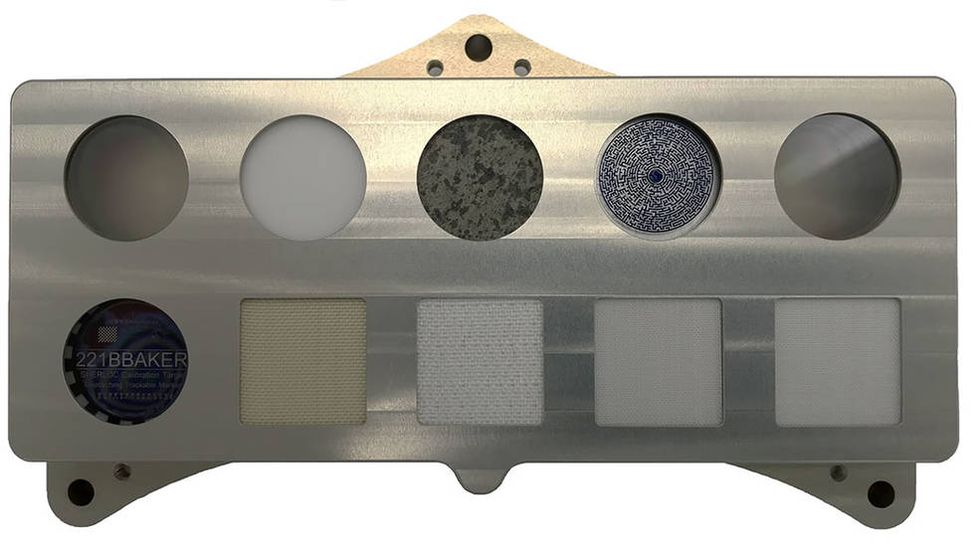
5. Martian meteorite
Similarly to SHERLOC, another of Perseverance’s instruments called SuperCam will carry a Martian meteorite.
The piece of rock on SuperCam – a laser instrument which zaps rocks and studies their composition using the resulting vapour – was chosen by the scientists who built it for sentimental value, according to Nasa, having previously made a roundtrip journey to the International Space Station before being donated by the French space agency.
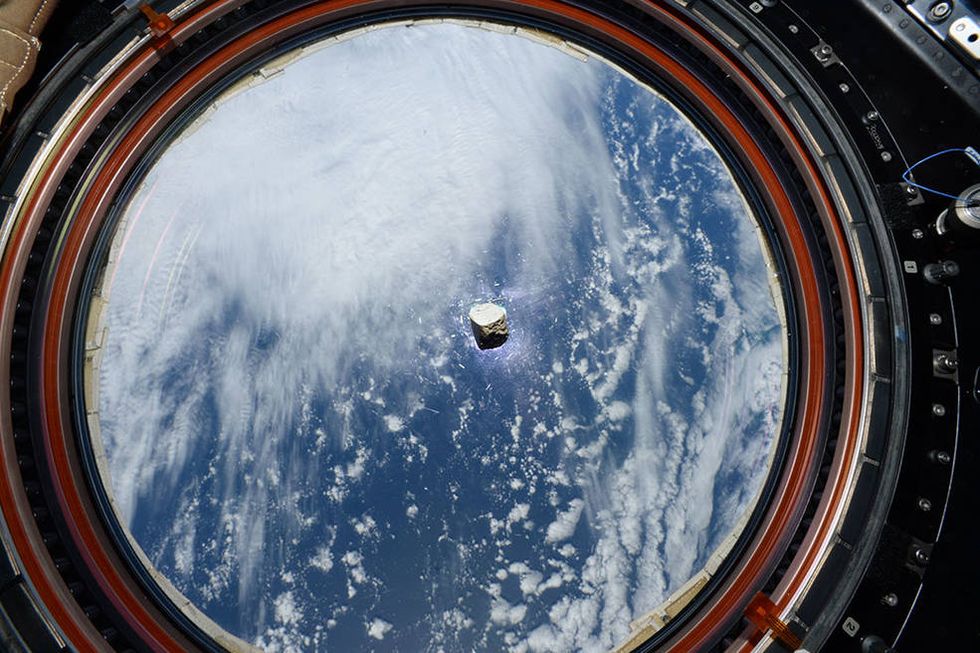
“These kinds of embellishments add artistic elements on missions that are otherwise solely dominated by science and technology, as well as lasting tributes to colleagues who have helped pave the way for humanity’s exploration of space,” said Jim Bell of Arizona State University, who has helped “festoon” almost all of Nasa’s Mars rovers, including Perseverance.
More: We should follow the science on poverty and give cash grants to those in need
Top 100
The Conversation (0)
